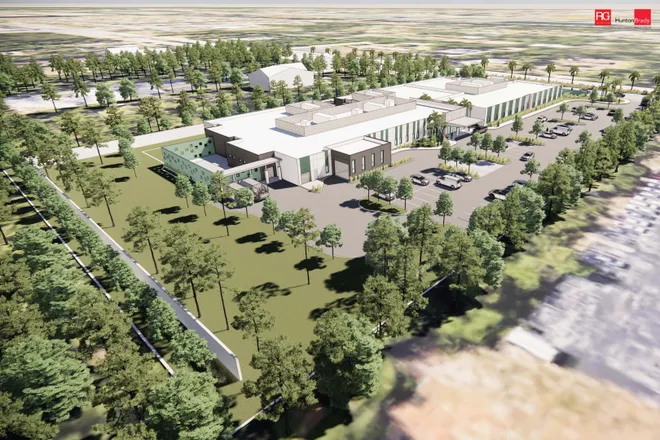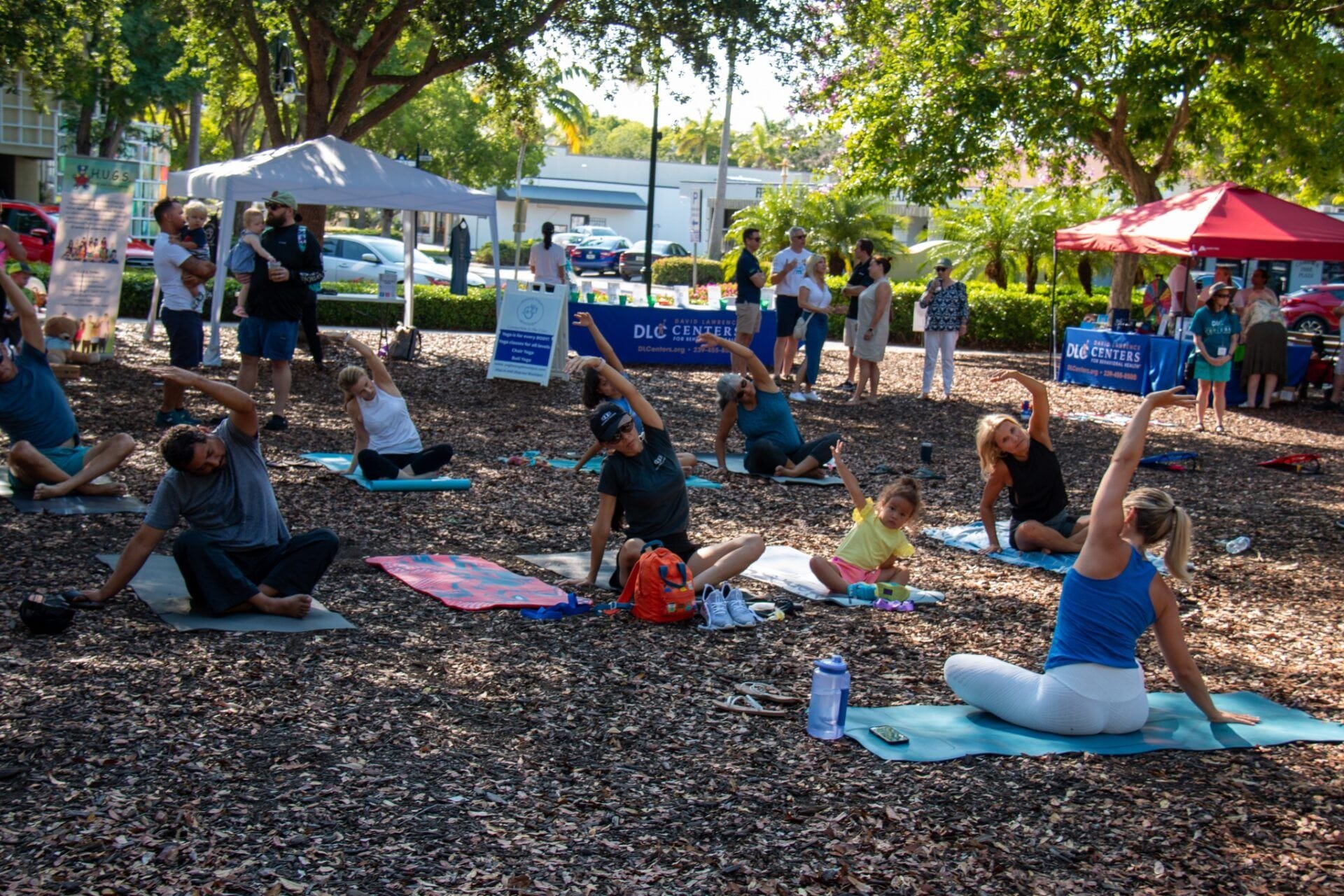
Youth Mental Health: A Reality Check
-By David Lawrence Centers for Behavioral Health (DLC) Community Outreach Specialist Jessica Liria, M.S.
Childhood, a period of simpler times . . . right? For many adults, the first two decades of existence are associated with memories of being carefree and adventurous. It was a time to play, have fun and focus only on the present. As we grow into adulthood, life gets busier and more stressful; there are careers to build, families to raise, bills to pay and so little time to do it all. Sadly, the reality is that our youth today often do not feel the same positive thoughts about their upbringing. The mental health of children and adolescents is suffering. Anxiety, depression, and thoughts of suicide are far too common among younger generations.
This is a time for everyone to pay attention, get involved, and offer hope. As a society, we must work together to ensure the wellness and resilience of our future leaders and community members.
A Growing Crisis
While COVID-19 has certainly placed a strain on youth mental health, the increase in related concerns was apparent long before 2020. David Lawrence Centers for Behavioral Health (DLC) operates the only Crisis Stabilization Unit in Collier County. This facility provides immediate access to a safe place for anyone who is experiencing thoughts of harming themselves or in a mental health crisis.
Admissions to DLC’s Children’s Crisis Stabilization Unit (CCSU), which provides these emergency services to individuals under the age of 18, have increased steadily since 2013. From fiscal year 2021 to 2022, there was an 18% increase in the need for this service, or 879 admissions; that is 879 instances of a young person experiencing a crisis related to their mental health.
The Emergency Services Center at DLC is available 24/7/365. DLC also offers a special program for children that can help prevent crises from happening. The Children’s Partial Hospitalization Program (PHP) is a voluntary, short-term day treatment program that offers a safe environment for adolescents ages 13 to 17 to learn healthy coping skills without the need for 24-hour inpatient or residential support. Click here to learn more.
Know the Numbers
Here are some quick facts to understand the dire straits young people are experiencing:
• According to the CDC, 26% of high school students experienced feelings of persistent sadness and hopelessness in 2009; this grew to 37% in 2019, and 44% in 2021.
• The Mental Health Association estimates 60% of youth who experience major depression do not receive any treatment.
• By 2018, suicide became the second leading cause of death for young people aged 10-24. This stands true today and led to the American Academy of Pediatrics, the American Academy of Child and Adolescent Psychiatry and the Children’s Hospital Association declaring youth mental health a national emergency in 2021.
• 3 million young people across the U.S. experienced serious thoughts of suicide in 2020.
• 6,663 young lives were lost to suicide in 2020 according to the U.S. Population Reference Bureau.
• 50% of all lifelong mental illnesses begin by age 14 and 75% by age 24.
What YOU Can Do
Whether you are a parent, grandparent, family member, neighbor, church member, coach, teacher or even a stranger, there are actions you can take to support the young people around you.
Educating ourselves and raising awareness is a great place to start. By acknowledging the challenges faced and looking for solutions, we can all take part in changing these staggering statistics. In honor of National Children’s Mental Health Awareness Day, DLC is offering a variety of free, virtual presentations, on Thursday, May 11th. See below for the presentation schedule and register at DLCenters.org/events.
- Building the Foundation: Infant Mental Health
This presentation will feature an overview of the cognitive changes that occur in the brains of children ages birth to 3 years. Participants will learn about 10 developmental leaps and strategies to incorporate into their interaction with young children. Self-care tips and emotion management techniques will be discussed and additional resources, both nationally and locally, will be provided.
Presentation Times: 8:30-9:15am and 1:00-1:45pm
- Shining the Light on Youth Mental Health
This presentation will review statistics and data related to the mental health of children and adolescents in the United States and will address common challenges for youth, including most prevalent diagnoses. Participants will learn how to recognize warning signs, address concerns, and utilize resources available in the community.
Presentation Times: 9:45-10:30am and 2:30-3:15pm
- Let’s Talk About It!
This presentation discusses some of the biggest safety concerns among youth: social media, substance use and violence. Participants will learn about prevalence data and trends, and how to have preventative conversations with children and adolescents related to these topics.
Presentation Times: 11:00-11:45am and 4:00-4:45pm
These presentations are being offered thanks to the support of Naples Children & Education Foundation (NCEF). As a leader in NCEF’s Mental Health Initiative, David Lawrence Centers collaborates with other nonprofits to implement groundbreaking programs that aids in identifying and preventing children’s mental health issues. NCEF Blueprint Partners exemplify the highest efficacy standards, and also include Florida State University College of Medicine, Golisano Children’s Hospital, Healthcare Network and NAMI of Collier County.
DLC has additional education opportunities to support the recognition of National Mental Health Awareness Month this May.
- The Power of Community
- Saturday, May 20th from 10 a.m. until 12:30 p.m.
DLC invites the community to attend an in-person presentation featuring an overview of mental health, common challenges and warning signs, how to discuss concerns with others, and resources available. Each attendee with be trained in Question, Persuade, Refer (QPR), an evidence-based suicide prevention certification. A tour of DLC and refreshments will be provided.
- Youth Mental Health First Aid
- Friday, May 26th from 9 a.m. to 2 p.m.
The Youth Mental Health First Aid training program is provided to adult participants, with the goal of raising awareness and education around behavioral health challenges in youth. Through this interactive training, attendees will learn to identify concerns by better understanding signs and symptoms and risk factors. By focusing on real-life scenarios, participants will develop, and practice, the skills learned to support and intervene in crisis situations. Trainings are provided virtually and include two hours of self-paced content, followed by a 4.5-hour, instructor-led Zoom session.
Learn more and register for all of DLC’s Mental Health Awareness Month opportunities by visiting DLCenters.org/Events.
Jul 28, 2022 | Blog, Mental Health



